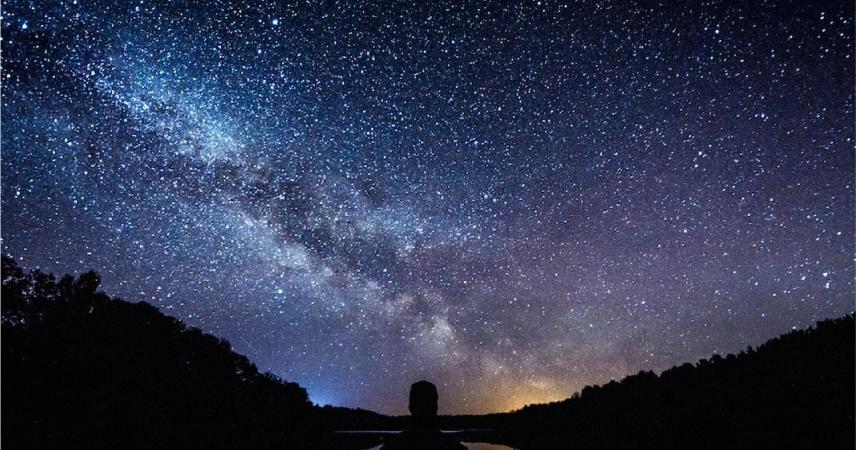The starry sky has always inspired the human imagination. The ancient cultures of Mesopotamia, Babylon, Egypt, Greece and the Americas named groups of stars after their mythological heroes and gods. These groupings of bright stars, linked by imaginary lines, are known as asterisms and gave rise to several of the constellations that survive to this day.
The firmament is organised as an imaginary sphere, called the celestial vault, around the Earth. Between 1928 and 1930, the International Astronomical Union divided the celestial vault into 88 regions or constellations. Within each constellation are stars, nebulae and other deep sky objects. Although from our point of view everything seems to be at the same distance, on an interstellar journey we would realise that the distances between the stars are enormous, and that some are closer and some are further away. The constellations we know are just arbitrary configurations that look like this from our point of view, the solar system, and would not look the same from another point in the galaxy.
The portion of the night sky we see depends on our geographical location, and the map of visible constellations varies from month to month. For example, from the Basque Country, in January we will see Orion, Gemini and Taurus, and in October the set that make up the legend of Perseus: Cassiopeia, Cepheus, Andromeda, Perseus, Pegasus and Whale.
And now we invite you to stroll under this starry sky, where you will find three of the best-known asterisms in the northern hemisphere: the Big Dipper, Hercules and Cassiopeia. But in order to appreciate them you will have to 'travel through space' to the only point from which they can be seen correctly.
